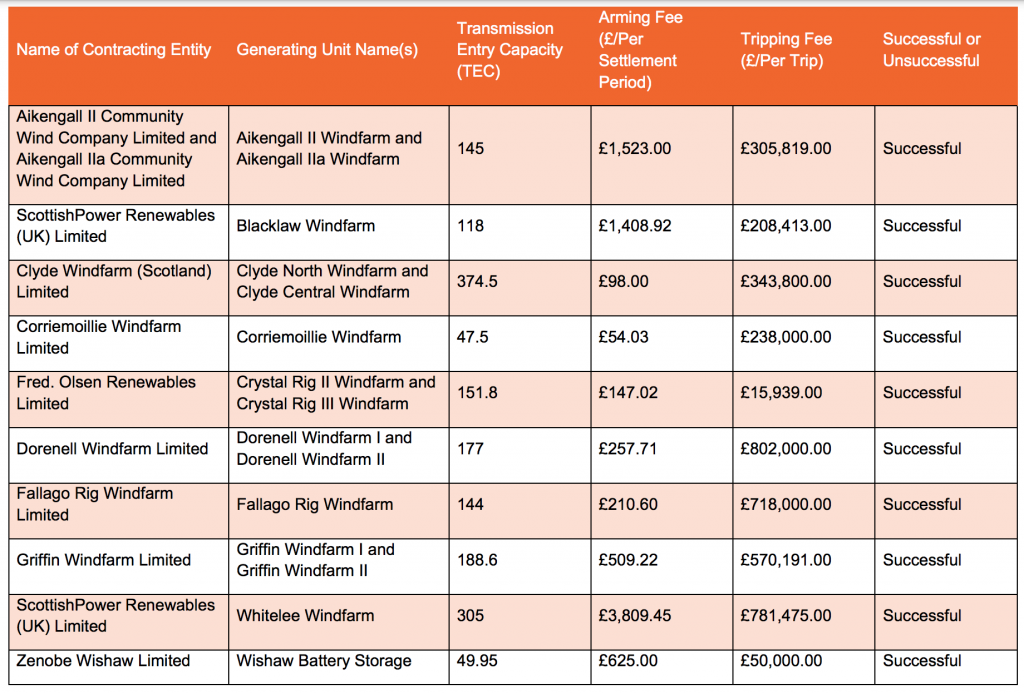System operator NGESO has announced contracts with companies that operate windfarms and batteries to maximise renewable generation on the system and reduce constraint costs across the key cable (B6) on the English/Scottish border.
Currently, the main mechanism to manage the risk on the congested link is to pay generators off the system, in advance but it can be expensive.
The contracts replace pre-emptive curtailment and the associated constraint costs. Instead technology will keep renewable generation on the system for longer. The participating assets are connected to constraint management equipment. When the ESO identifies a constraint on the B6 boundary, the generation is ‘armed’ to be ready to reduce output in the event of a fault. Should a fault occur, the generating units respond by reducing their output within 150ms. The ESO will then reconnect the units to the system as quickly and safely as possible. Generators are paid when the system is ‘armed’ and when it is tripped.
This project, which procured 1.7GW of transmission-connected generation, will see up to 800MW available to be tripped off at any one time.
Winning bidders are listed below. The initial contracts will run from October 2023 to September 2024. NGESO says initial estimates suggest annual savings of £20-40 million could be delivered by the service.
In future the service will be procured annually. Generators in Scotland interested in participating in this B6 service in 2024/25 should respond to the Expression of Interest here which closes on 22 April.
